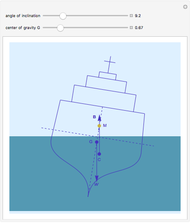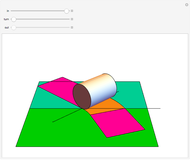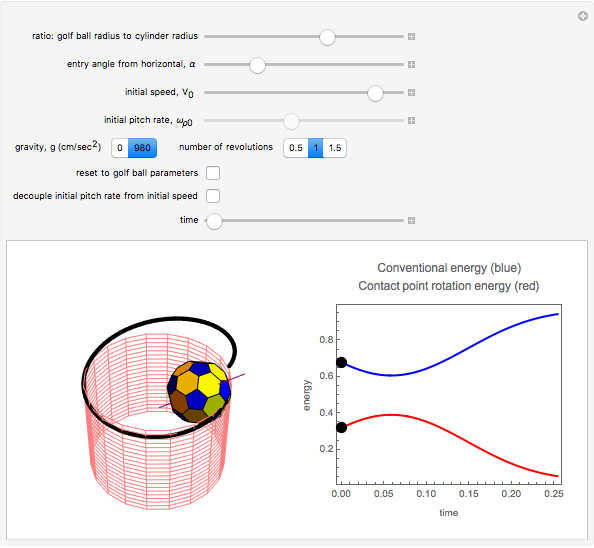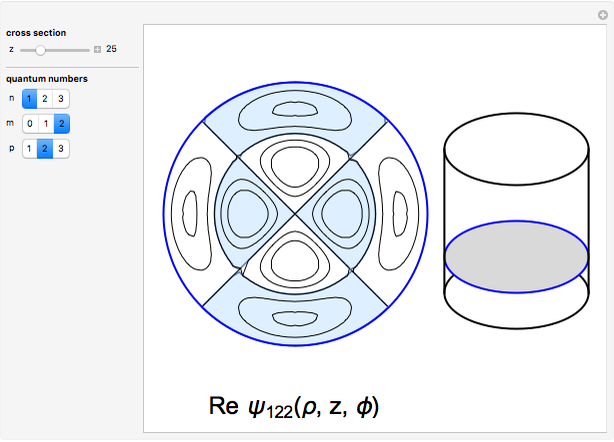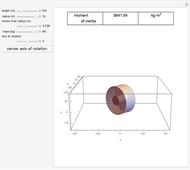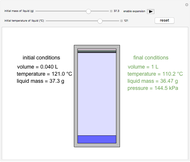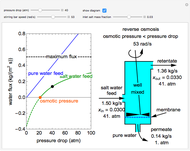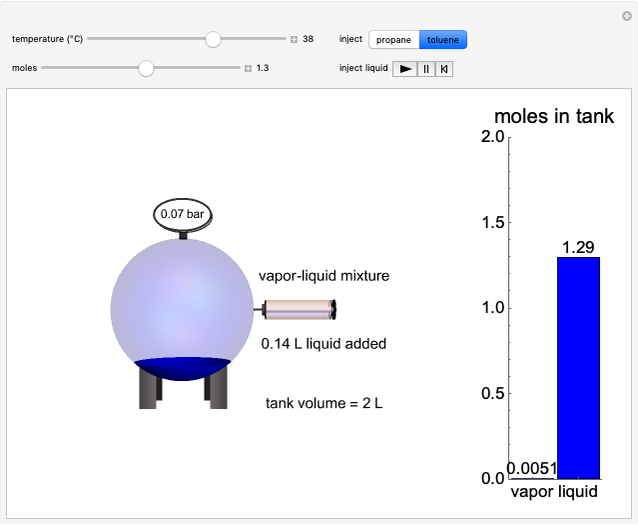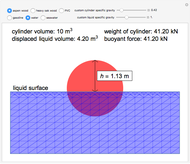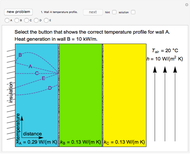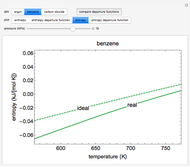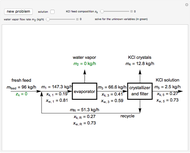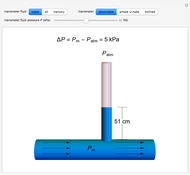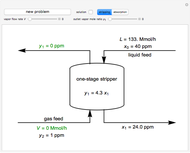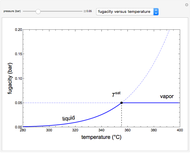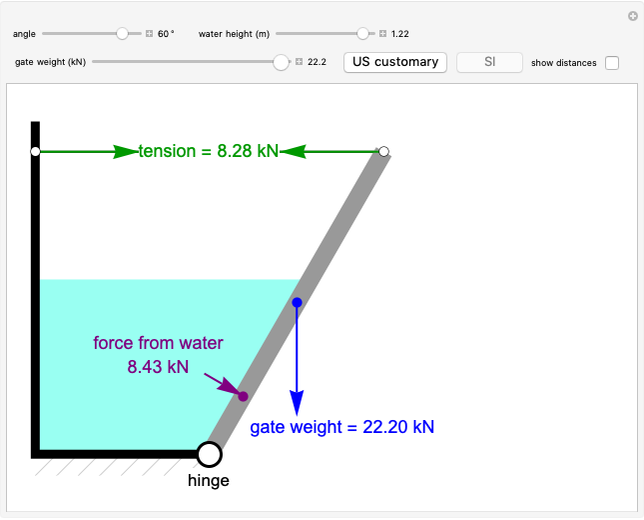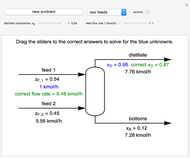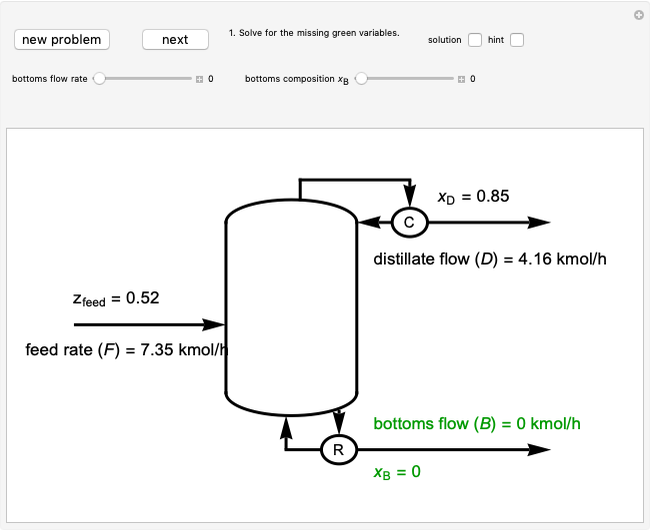Buoyancy of a Floating Cylinder

Requires a Wolfram Notebook System
Interact on desktop, mobile and cloud with the free Wolfram Player or other Wolfram Language products.
A cylinder with diameter 2 m, length  and volume
and volume  is placed in a tub of liquid. Depending on the specific gravities of the cylinder and the liquid, the cylinder either floats or sinks. You can select the kind of cylinder and liquid with buttons or their specific gravities with sliders. The displaced liquid volume, the cylinder weight and the buoyant force are shown. If the cylinder floats, the distance from the top of the cylinder to the liquid surface is shown.
is placed in a tub of liquid. Depending on the specific gravities of the cylinder and the liquid, the cylinder either floats or sinks. You can select the kind of cylinder and liquid with buttons or their specific gravities with sliders. The displaced liquid volume, the cylinder weight and the buoyant force are shown. If the cylinder floats, the distance from the top of the cylinder to the liquid surface is shown.
Contributed by: Neil Hendren (December 2018)
With additional contributions by: John L. Falconer
(University of Colorado Boulder, Department of Chemical and Biological Engineering)
Open content licensed under CC BY-NC-SA
Details
The buoyant force is equal to the weight of the liquid displaced by an object:
 (1)
(1)
where  is the buoyant force,
is the buoyant force,  is the density of the liquid,
is the density of the liquid,  is gravitational acceleration,
is gravitational acceleration,  and
and  are the specific weights of the liquid and water, respectively, and
are the specific weights of the liquid and water, respectively, and  is the specific gravity of the liquid with respect to water.
is the specific gravity of the liquid with respect to water.
At equilibrium, an object's buoyant force is equivalent to its weight, or gravitational force  :
:
 . (2)
. (2)
Here, the subscript  denotes the properties of the cylinder. If the specific weight of the object is less than the buoyant force acting upon it, it will float. Otherwise, it will sink.
denotes the properties of the cylinder. If the specific weight of the object is less than the buoyant force acting upon it, it will float. Otherwise, it will sink.
Snapshots
Permanent Citation








